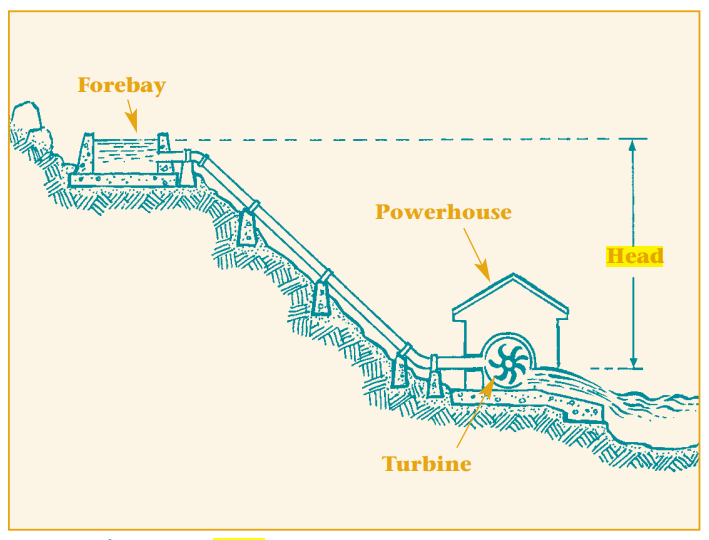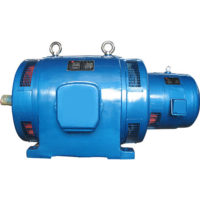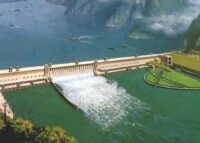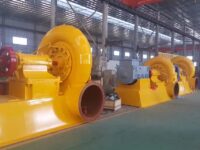What is head? Hydro head is the difference in height between the point where the water enters and exits a hydro system, measured in meters. As an example, this could be the height of a weir at the turbine entrance, or if the site is undeveloped it would be between the hydro intake screen and where the water discharges from the turbine and returns to the watercourse.
When it comes to hydropower, it is important to get as much head as possible, as more head means more power (and energy) for not much more cost, and therefore a higher return on investment. The minimum amount of head required for a viable hydro system varies depending on the flow. The cost of installing a hydro system will be very high if you have a low head and low flow. At a minimum, a head height of over 2 meters is required, but more is better.
In general, the more head you have, the higher the water pressure across the hydro turbine, and the more power it will produce. Higher heads are not only more efficient because they generate more power, but also because higher water pressure means you can force a higher flow rate through a small turbine, and because turbine cost is closely related to physical size, higher-head turbines often cost less than their low-head cousins, even though they may generate the same amount of power.
A higher head also means a faster rotating turbine and generator, which means a lower torque.
A drive train’s cost is related to how much torque it has to transmit, so higher heads = less torque = less cost.



